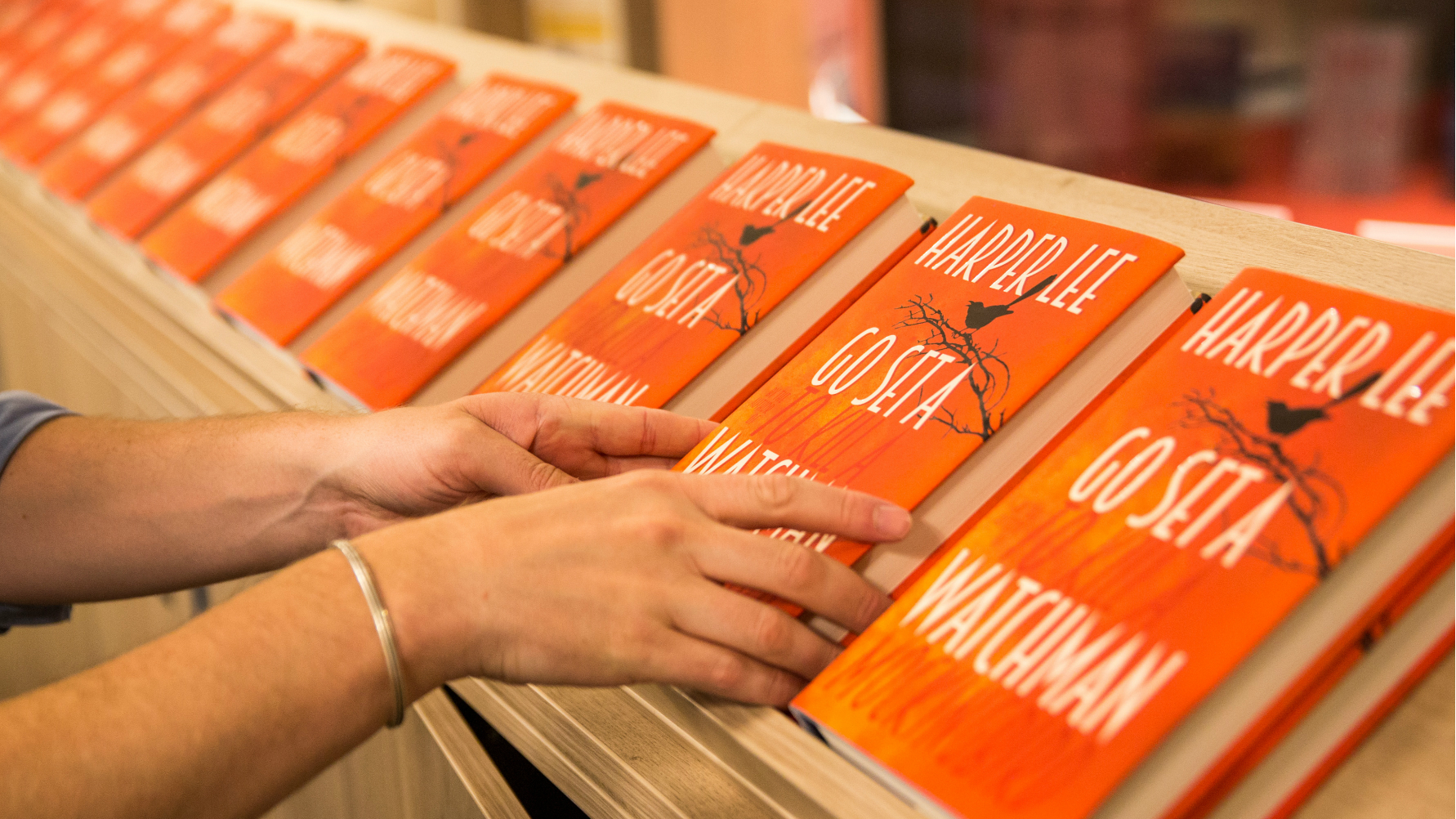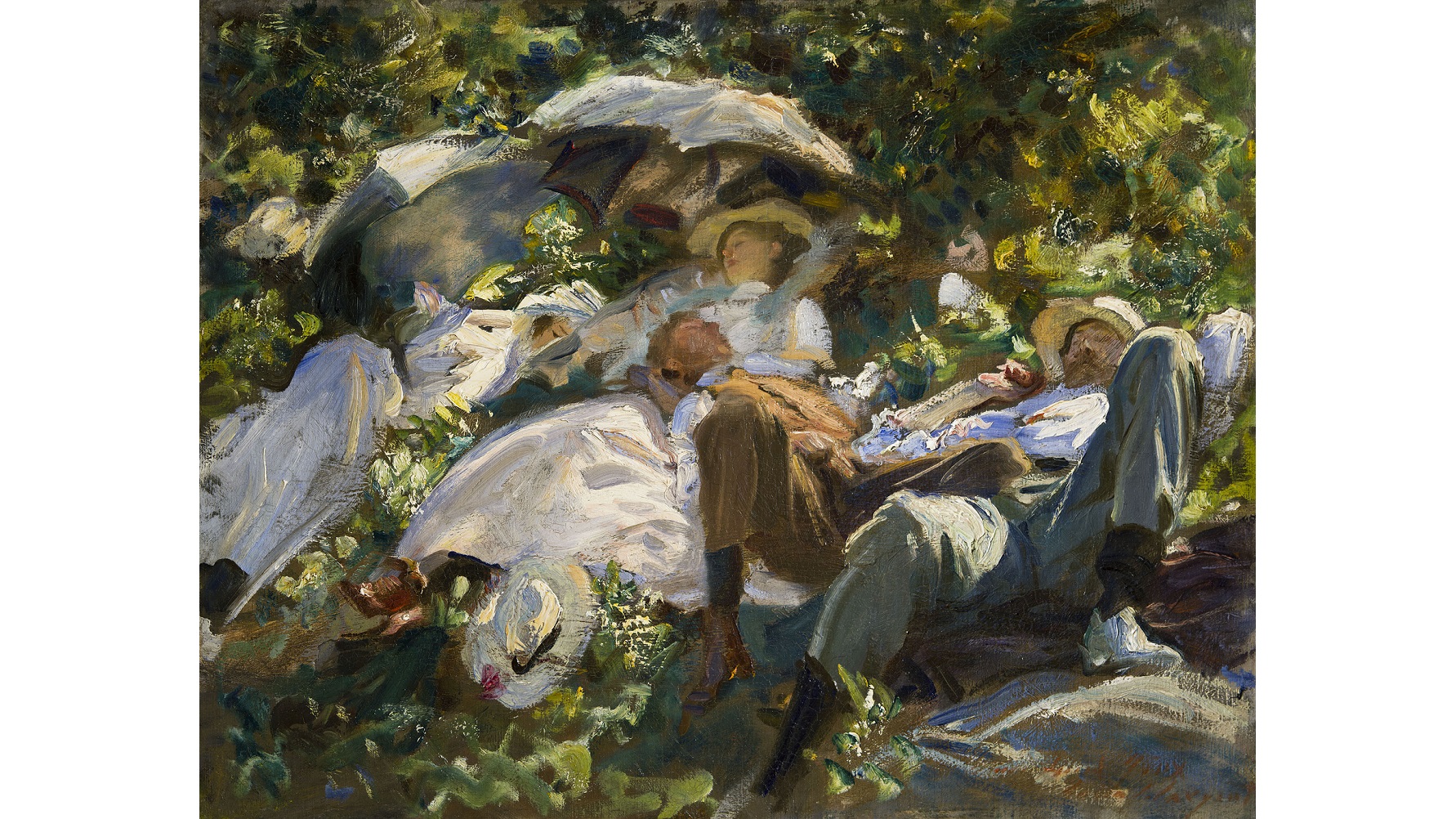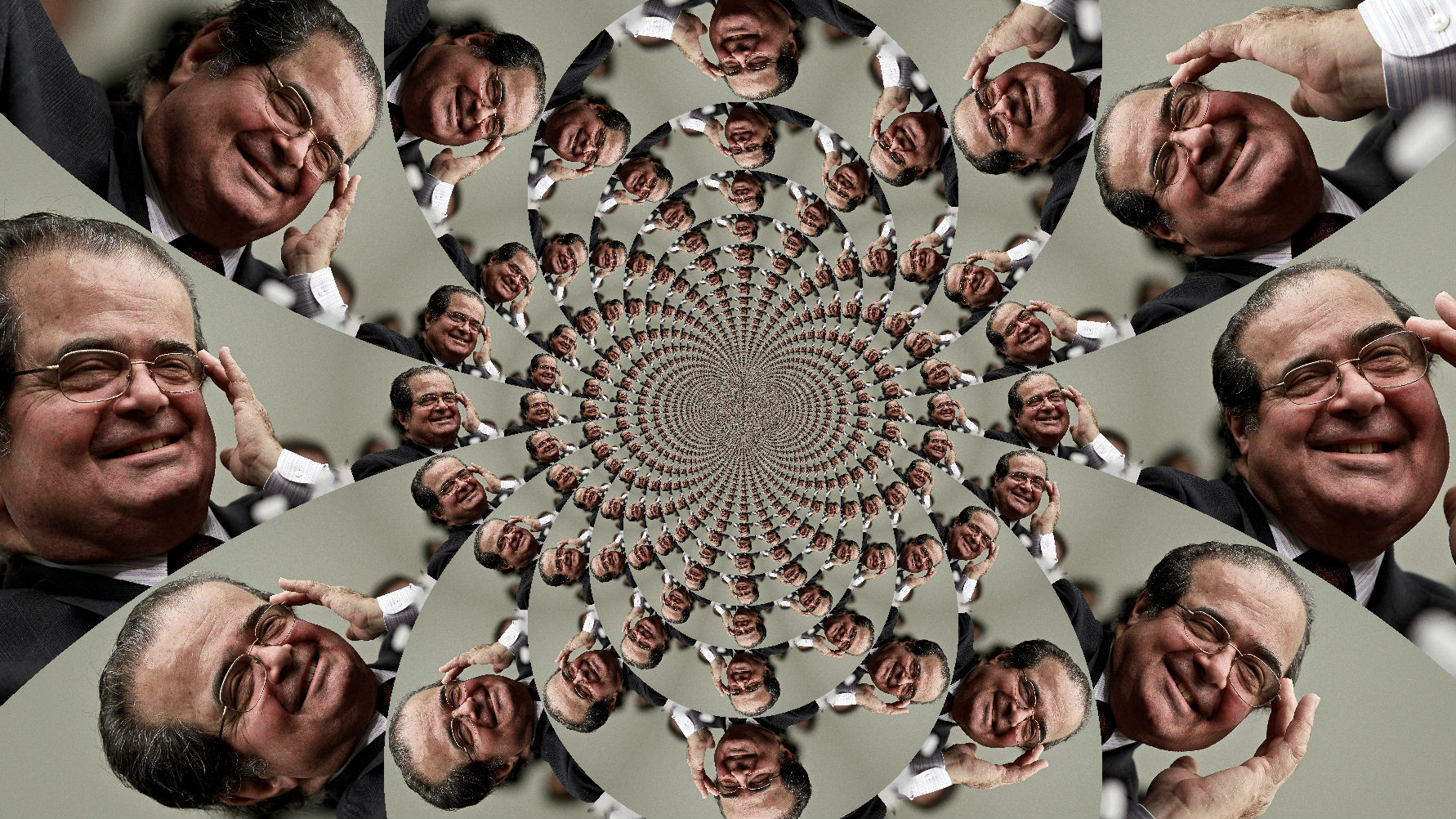Culture & Religion
All Stories
When Microsoft’s Windows 10 is released next week in seven countries, each market will receive a specialized version of Cortana, the system’s digital personal assistant (and Microsoft’s answer to Siri). Microsoft has put yeoman’s work into making sure each country’s iteration of Cortana is sensitive to local cultural nuances.
A prominent performance artist accuses Big Oil of focusing more on cleaning up their image than their business’ collateral damage… and charges cultural institutions that take Big Oil sponsorship money as accomplices to that crime.
The first injury accident involving a Google self-driving car was — surprise, surprise — the fault of an oblivious driver in the other vehicle. Self-driving technology offers a potential future where these sorts of incidents hardly ever occur.
Optimism, like imagination, is childish in the best sense of the word.
Marijuana might steal the headlines, but psychedelics are making headway in the American consciousness. DMT: The Spirit Molecule producer/director Mitch Schultz discusses this trend.
Researchers have discovered that the measles virus erases the body’s natural immunity to other diseases.
The only thing more disturbing than an unfamiliar Atticus Finch is the dubious story behind the decision to publish Harper Lee’s “found” work.
The standard line against painter John Singer Sargent goes like this: a very good painter of incredible technique, but little substance who flattered the rich and famous with decadently beautiful portraiture — a Victorian Andrea del Sarto of sorts whose reach rarely exceeded his considerable artistic grasp. A new exhibition of Sargent’s work and the accompanying catalogues argue that he was much more than a painter of pretty faces. Instead, the exhibition Sargent: Portraits of Artists and Friends and catalogues challenge us to see Sargent’s omnivorous mind, which swallowed up nascent modernist movements not just in painting, but also in literature, music, and theater. Sargent the omnivore’s dilemma thus lies in being too many things at once and tasking us to multitask with him.
The Dutch city of Utrecht has set up an experiment to find out. Will everyone turn into lazy do-nothings or will people be encouraged to pursue passion projects?
In his dissent in Obergefell v. Hodges, the ruling that made same-sex marriage a constitutional right throughout the United States, Justice Clarence Thomas rejected the majority’s rationale that gays and […]
Researchers predict the benefits of driverless taxis on the roads and the environment, and the outlook is good.
Philosophy professor and Buddhist scholar Evan Thompson discusses the concepts behind his latest book, Waking, Dreaming, Being: Self and Consciousness in Neuroscience, Meditation, and Philosophy.
You’ll consume about 200 more calories than you would cooking a meal at home.
The children of overbearing parents are less likely to develop essential life skills and are more likely to be medicated for depression or anxiety in college.
There is no clearer teaching example of the emotional nature of the way we perceive risk than the annual Summer of the Shark feeding frenzy of fear in the media when a few shark attacks grab the headlines.
We surprise the world’s brightest minds with ideas they’re totally unprepared to discuss. This week on Big Think’s podcast, we’re joined by Wendy Suzuki, neuroscientist and author of the book Healthy Brain, Happy Life
The Middle Eastern pan-Arab military organization has found its way into the hearts and minds of Westerners searching for a cause.
The final weeks of the 2014-2015 Supreme Court term brought us a bumper crop of quotable lines from the ever-cantankerous Antonin Scalia. Justice Scalia has never been shy on the bench, but as he approaches the end of his third decade on the court, he is letting loose to a degree that is surprising even for him. Some say the Ronald Reagan appointee may even be growing a touch unhinged.
Relish opportunities to show who you are: it may make you look more attractive.
Researchers highlight the importance of taking a walk in nature to help us get mentally right with ourselves.
Horror games provide a rush and an opportunity to share our survival stories.
We are far more influenced by appearances in our electoral decision-making than we like to admit
Don’t let their adorable faces fool you. They are killing machines.
We surprise the world’s brightest minds with ideas they’re totally unprepared to discuss. This week on Big Think’s podcast, we’re joined by the legendary musician and spoken word artist Henry Rollins.
We’ve lived for so long having to live with and accept our email blunders. Who of us will choose to take back control, and enable the undo button? Not me.
Artists aren’t easy people to be around sometimes. Genius and jerk often walk hand in hand. They may suffer for their art, but those who support them often become collateral damage in the quest for immortality. Making a biopic of any artist and balancing the good with the bad seems an almost impossible task. Making a biopic of Pablo Picasso, a classic case study of the genius-as-jerk, that praises the painting while honestly assessing the collateral damage to women has never satisfactorily been filmed. But where cinema fails, maybe the cinematic graphic novel can succeed. The graphic novel Pablo, written by Julie Birmant and illustrated by Clément Oubrerie, is the best “film” ever made about one of the founding fathers of modern art — a portrait of intertwined genius and jerk that never loses sight of either side.
Researchers suggest marketers should avoid asking consumers to “think of their ‘various experiences’ with a product.” It may lead to negative reviews.
Increased stress from an unstable home environment can stunt cognitive growth, leaving kids at a disadvantage before they even begin kindergarten.
What would you do? Imagine you’re a politically conservative, devoutly religious art dealer fleeing your war-torn country when you suddenly see art radically unlike anything you’ve seen before. Do you stay the course or gamble on this next “big thing”? Now add the sudden death of your pregnant young wife, which leaves you with five children under the age of nine whose futures now depend entirely on your choices. Do you roll the dice with your life and theirs? If you’re Paul Durand-Ruel and that artist is Claude Monet, the original Impressionist, you don’t just make that bet; you go “all in” — staking your family’s fortunes to those of a family of revolutionary artists. The exhibition Discovering the Impressionists: Paul Durand-Ruel and the New Painting, currently at the Philadelphia Museum of Art, goes “all in” with Durand-Ruel’s gamble and pays off big with a stirring tale of personal courage and art history in the making.
This is really happening. And solar power is the key.





























